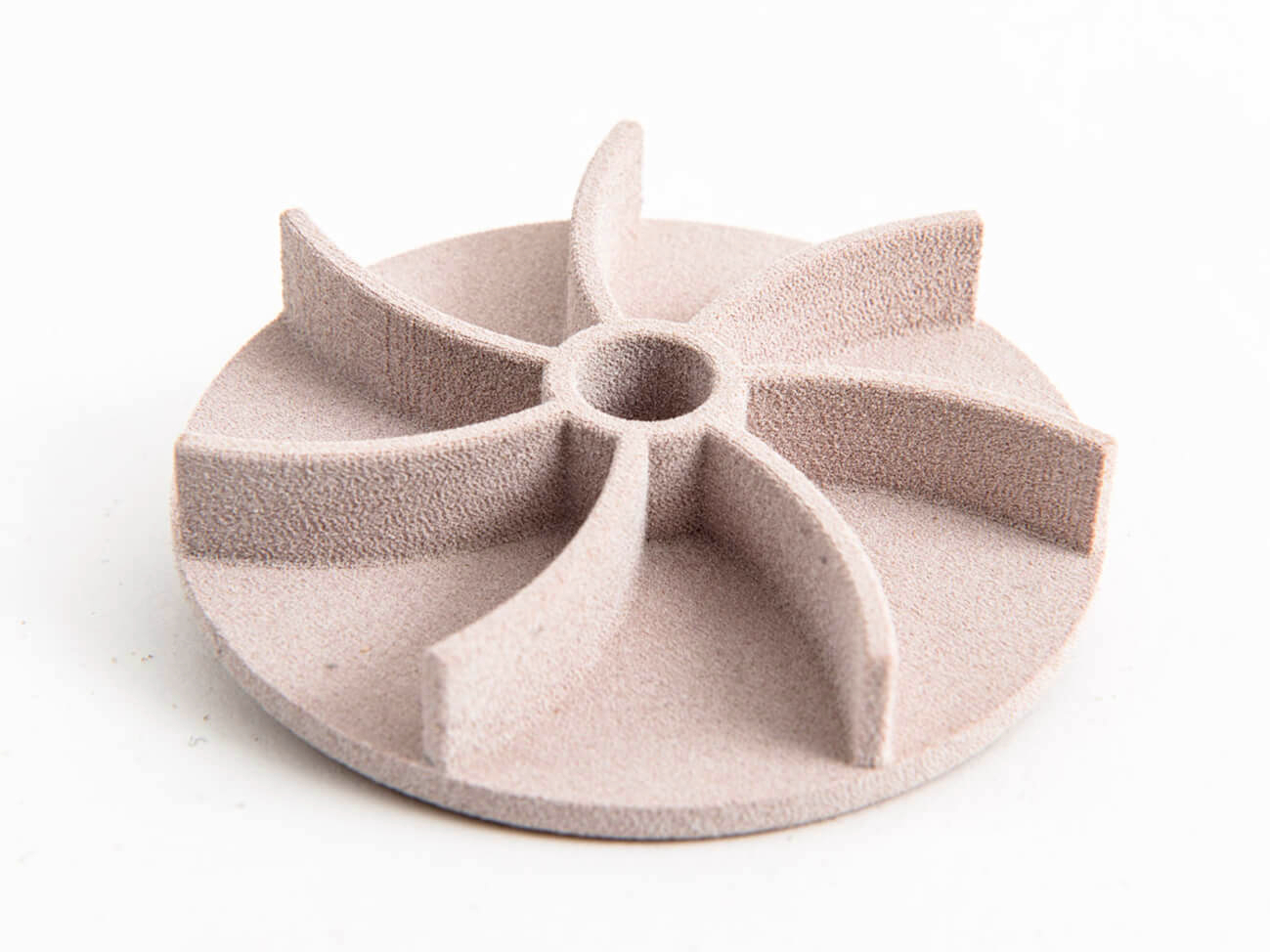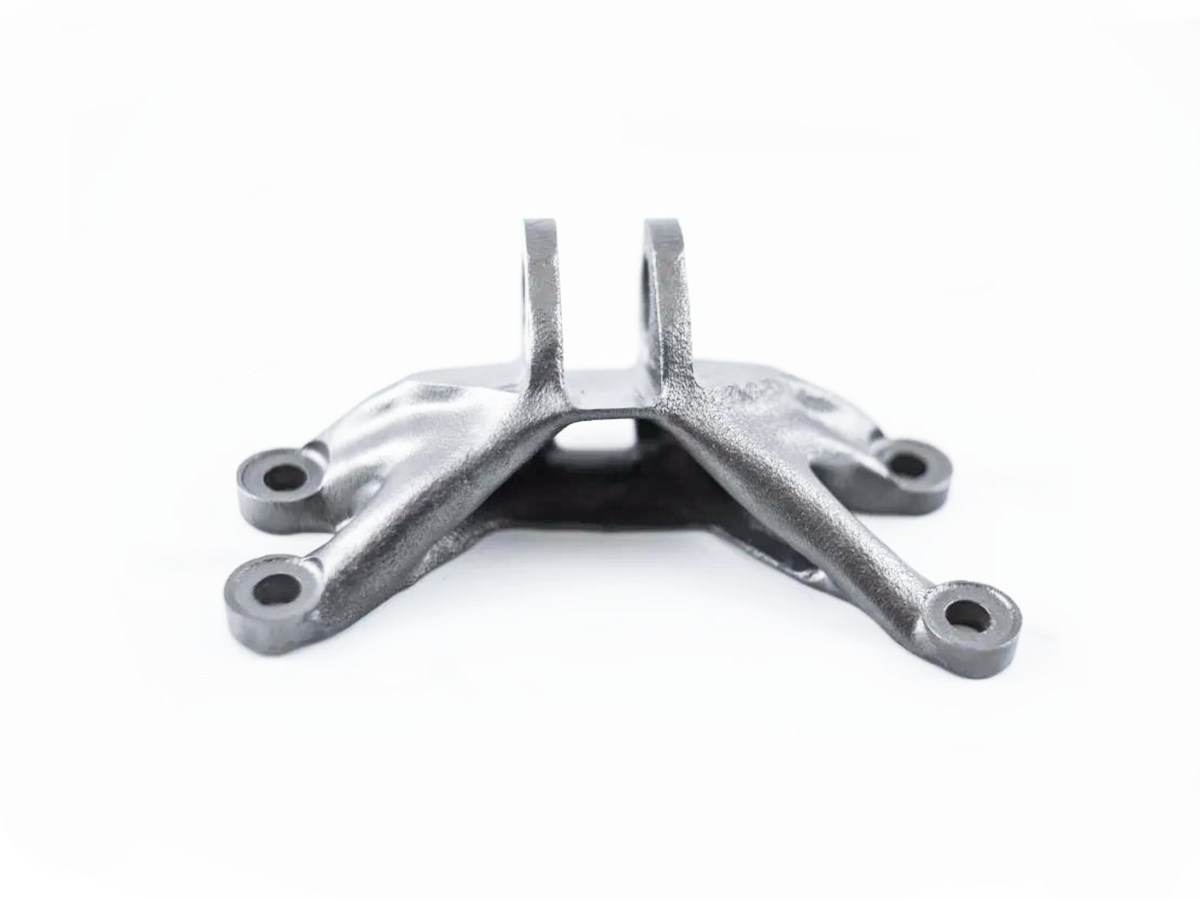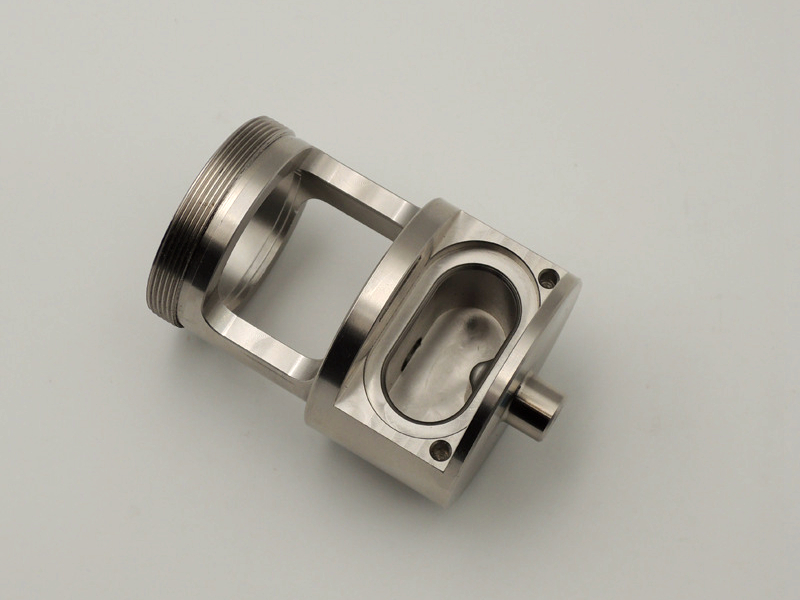What STL model requirements should be considered when requesting a quote?
From a manufacturing engineering perspective, the quality of the STL file is the foundational input that dictates the accuracy, cost, and lead time of any 3D printing or CNC machining quote. A well-prepared STL model minimizes pre-processing delays, prevents misinterpretation, and ensures the quotation reflects a manufacturable part. When submitting a model for a quote, several critical requirements must be considered.
Fundamental STL File Requirements
1. Watertight (Manifold) Geometry: The model must represent a fully enclosed, watertight volume. This means there should be no gaps, missing triangles, or non-manifold edges (where more than two faces meet). A non-manifold model cannot be processed for 3D printing as the slicing software cannot distinguish the inside from the outside. For CNC machining prototyping, a watertight model is equally crucial for generating accurate toolpaths.
2. Correct Normals: All surface normals must face outward. Inverted normals confuse the software about the part's orientation. Most modern software can automatically correct this, but providing a model with correct normals from the outset prevents potential errors and streamlines the quoting process.
3. Appropriate Resolution and File Size: The STL file is a tessellated approximation of the original CAD model. A resolution that is too coarse will result in faceted, chunky curves, while an excessively fine resolution creates an unnecessarily large file that is difficult to handle without improving the final part quality.
For CNC Machining: A slightly coarser tolerance (e.g., 0.1 mm) is often acceptable as the CAD model is typically used for programming.
For 3D Printing: A finer tolerance (e.g., 0.01 - 0.05 mm) is recommended to capture fine details, especially for technologies like SLA or SLS.
Design for Manufacturability (DFM) Considerations
1. Wall Thickness: This is arguably the most critical factor. Every 3D printing process has a minimum feasible wall thickness. Walls that are too thin will be fragile, may not print at all, or will warp. Specify critical wall thicknesses in your design and ensure they are suitable for the intended process and material.
2. Escape Holes for Powdered Materials: If you are requesting a quote for SLS, MJF, or other powder-based processes, internal cavities must include escape holes for the unused powder. Without them, the powder becomes trapped, adding weight and cost, and making the part impossible to clean.
3. Avoid Unsupported Structures: For processes like FDM and SLA, large overhangs (typically greater than 45 degrees) require support structures. While supports are a normal part of the process, minimizing them through smart design reduces post-processing labor, material waste, and potential surface blemishes, ultimately lowering the final cost.
4. Embossed/Engraved Details: Ensure that small text and fine details are raised or recessed sufficiently to be viable. Shallow details may be lost in the manufacturing process or during post-processing like tumbling or sandblasting.
Information to Accompany the STL File
To receive the most accurate quote, the STL model should be supplemented with clear specifications:
Intended Manufacturing Process: Specify if you are seeking a quote for 3D Printing, CNC Machining, or both for comparison.
Material Selection: Indicate your preferred material (e.g., Nylon PA12, ABS, Aluminum 6061) or the required material properties (e.g., high temperature resistance, flexibility).
Critical Dimensions and Tolerances: Highlight the critical features and their required tolerances.
Surface Finish: State the desired finish (e.g., As-Machined, sandblasted, dyed, painted).
Part Orientation (if critical): For 3D printed parts, if a specific orientation is needed to maximize strength in a certain direction or to present a best-face surface, this should be noted.



